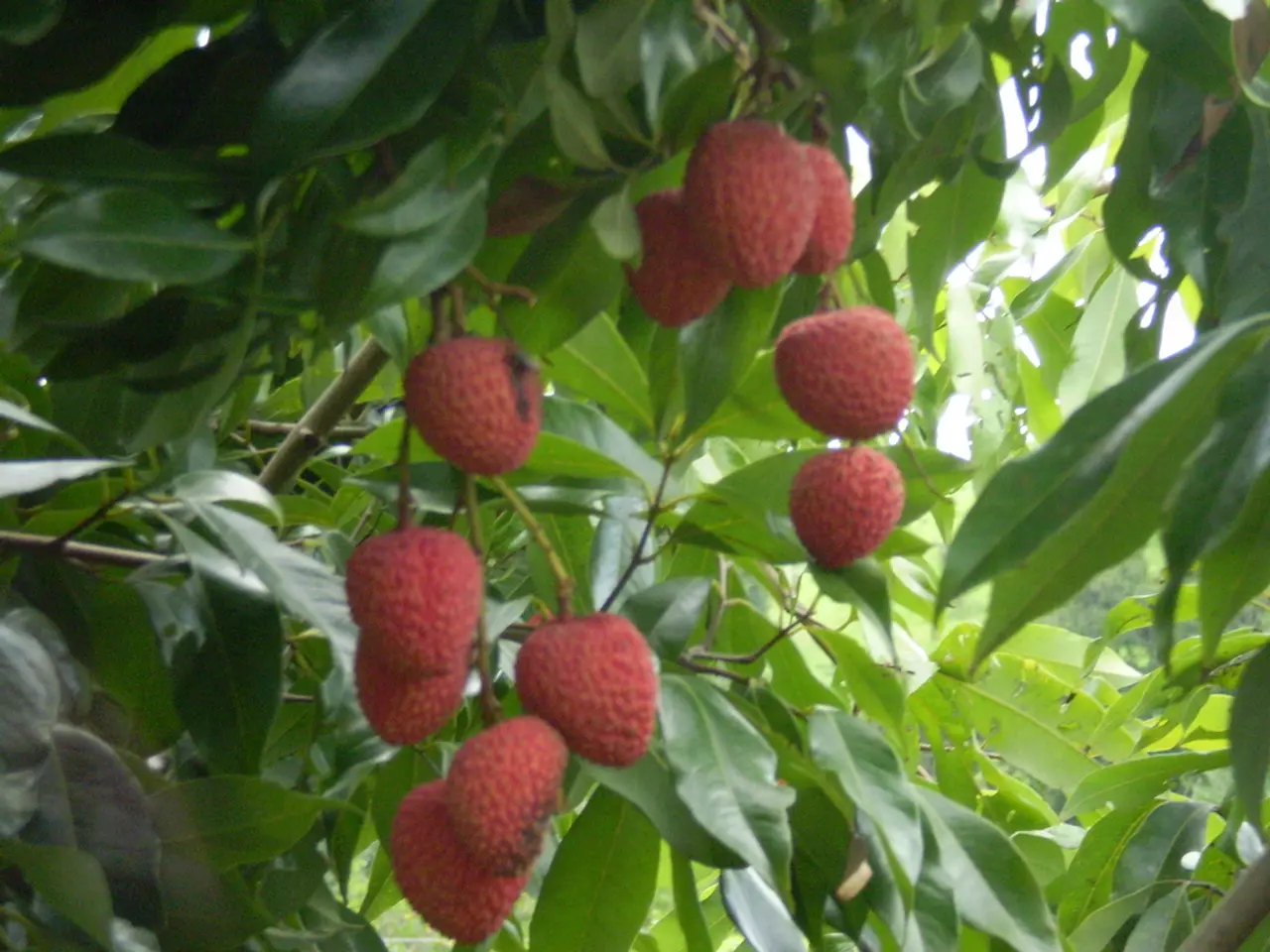Struggling with Your Strawberry Growth: Exploring Common Hurdles and Solutions
In the world of gardening, strawberries are a popular choice for both novice and experienced growers. To ensure optimal growth and a bountiful harvest, it's essential to understand the specific conditions that strawberry plants require.
Soil Requirements
Strawberries thrive in fertile, medium-light textured soil that is well-drained yet has good moisture-holding capacity. The soil should not remain soggy to prevent root diseases. In containers, soil drainage must be ensured as roots are more exposed.
Temperature Requirements
Ideal daytime temperatures for strawberries range between 70-75°F (21-24°C), which optimises photosynthesis, while nighttime temperatures around 60-65°F (15-18°C) promote fruit development. Strawberries are temperate plants that struggle in tropical heat and excessive root temperature; container-grown plants can suffer if root zones become too warm, so shading pots or reflective wrap can reduce root heat.
Moisture Requirements
Soil moisture should be kept consistently just damp, never allowed to dry out or become soggy. Watering in containers needs to be more frequent but moderate—a few light waterings per day during hot weather help balance moisture and avoid root rot or drought stress. Mulching with straw or pine needles can help retain moisture and moderate soil temperature.
Light Requirements
Strawberries need at least 6-8 hours of direct sunlight daily for best fruit production.
Nutrient Requirements
Strawberry plants require a balanced supply of nutrients, with nitrogen, potassium, and phosphorus being crucial. A well-draining soil enriched with organic compost is ideal for strawberry growth.
Harvesting and Post-Harvest Care
Berries are ripe about 28-30 days after full bloom. To protect the fruit and enhance shelf-life, gently pick berries with the caps retained. Cool berries quickly by refrigerating to slow down the deterioration process.
Additional Tips
Growing strawberries in proper soil and temperature with balanced watering results in healthier plants and better yield. Choosing local cultivars enhances disease resistance and weather tolerance. Proper plant spacing reduces disease and improves air circulation.
Organic fungicides can be used to control fungal diseases in strawberry plants. Pine needles or straw mulch can prevent weeds and maintain soil moisture. Soil pH should be kept between 5.5 and 7.0 for optimal growth. Regularly removing plant debris and using organic snail baits can prevent snail infestations.
In summary, for healthy strawberry plants:
- Use fertile, well-drained, moisture-retentive soil
- Maintain daytime temperatures around 70-75°F and cooler nights (60-65°F)
- Keep soil consistently moist but not wet, with proper drainage and frequent light watering in hot weather
- Provide ample direct sunlight and use mulching or shading as needed to protect roots and conserve moisture
- Choose cultivars adapted to local climate and weather patterns for successful strawberry cultivation.
To create an ideal lifestyle for strawberry plants, it's essential to provide them with a home-and-garden environment that fulfills their soil, temperature, moisture, light, nutrient, and care requirements. This includes using fertile, well-drained, moisture-retentive soil, maintaining daytime temperatures around 70-75°F and cooler nights (60-65°F), keeping soil consistently moist but not wet, providing ample direct sunlight, and choosing cultivars adapted to local climate and weather patterns for successful strawberry gardening.



